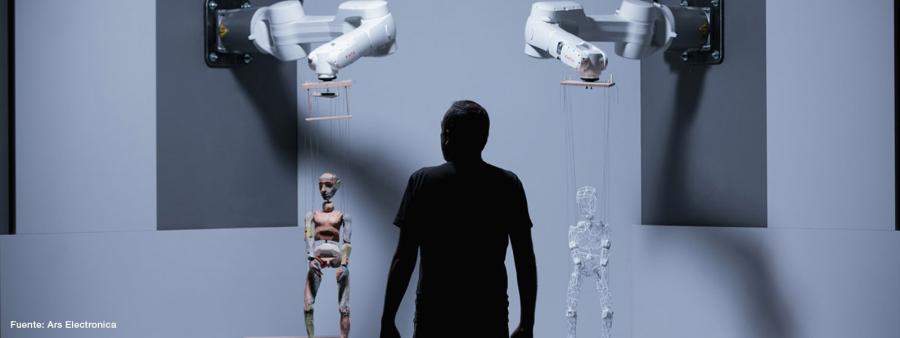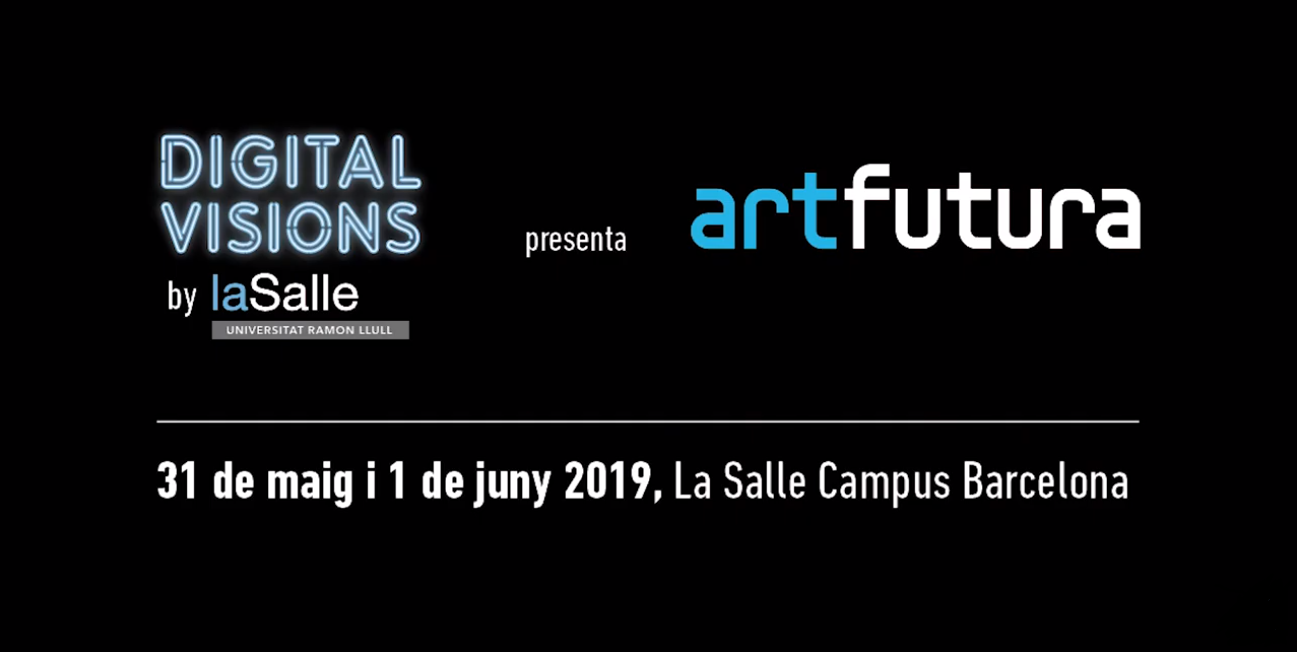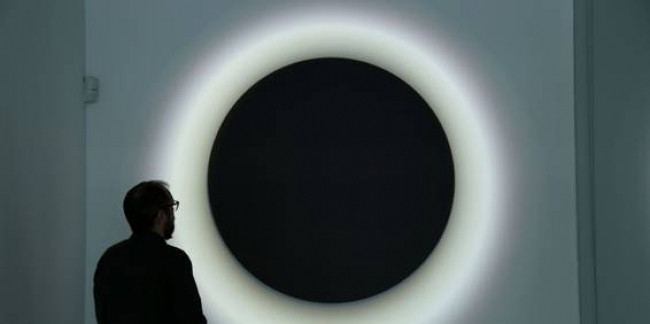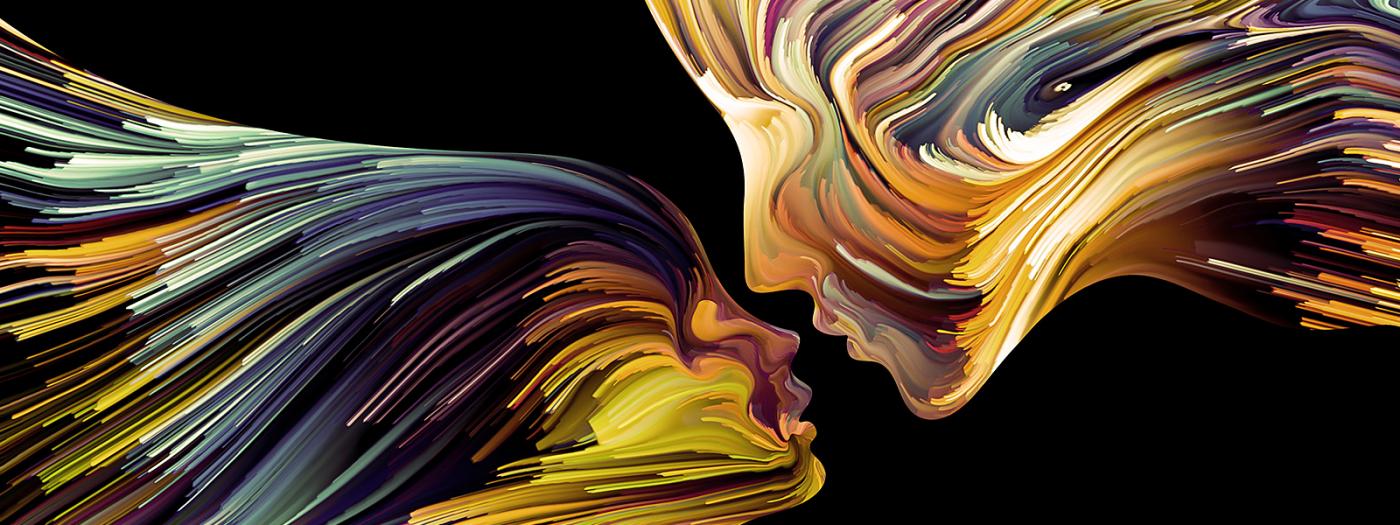Digital art continues to grow, consolidating its hegemony in Europe

Lluís Nacenta explains how art is one of the first human activities to undergo change without fear. The director of Hangar Centro de Producción e Investigación de Artes Visuales was one of the experts who reflected on the current state of digital arts in the first Digital Visions event organised by La Salle-URL in collaboration with the ArtFutura last May. The initiative highlighted the need to create new spaces in which to reflect on "art as it is made nowadays", according to cultural journalist and guest speaker at the event, Roberta Bosco, and "how it should really drop the label of digital art and just be called art". This has already been a hot topic at festivals such as ArtFutura, Ars Electronica and the MIRA Festival for some years now.

Ars Electronica has become a leading name in the digital world. The festival, held in Austria, this year celebrated its 40th birthday, with its largest programme yet: "Out of the box: The midlife crisis of the digital revolution". From 5 to 9 September, more than 500 activities were organised, including talks, workshops and exhibitions in more than 16 different locations. Among the main questions tackled at this year’s edition of Ars Electronica was the future interaction between humans and smart machines, and what it will mean for the way we view world, both for our society and for our personal lives.
An increasingly human digital art

By the time Ars Electronica was born in Linz at the end of the 1970s, the digital revolution had already had an important impact and yet, at the same time, it was still unknown. Ten years earlier, four computers in various locations in the western United States had connected for the first time to form a new network and create the greatest thing ever created by man: Internet Ten years later, Tim Berners-Lee and Robert Cailliau lay the foundations of the world wide web and the greatest technological advancement of all time. It’s clear that since the origins of Ars Electronica, technology has progressed in leaps and bounds, and now we can even see the beginnings of a crisis in this digital revolution.
Out of the Box: The Midlife Crisis of the Digital Revolution explores this crisis by way of a journey through the history of media art in general from various points of view. These include conferences that analyse the present and future perspectives of an increasingly digital world. As with the Digital Visions event, the human aspect takes on special relevance within Ars Electronica’s agenda: the strength to fight, to explore the unexplored, and to overcome our own limitations as individuals and as a society. With the power of new technologies, it is more important than ever that we reflect on how we want to use them collectively. One highlight in this reflection is the creation of a new European Platform for Digital Humanism.
The themed presentations were structured around two fundamental approaches, although there is a great deal of overlap between them. On the one hand, it covered art and technology projects with their origin in research and exploration, which makes up the majority of top-level exhibitions; and art and technology projects based on purely artistic expression, which are most common in lower-level spaces.
Spain is one of the most common countries of origin among 1,400 artists from over 45 countries

This event brings together over 1,400 artists from different countries in Vienna, and among those artists is the Catalan group Ticnova, which this year will be presenting the BEEP Collection of digital art. This is the largest collection dedicated to New Media or digital art in Spain, and has won the ARCOmadrid/BEEP Prize for nine consecutive years now. Among their latest additions we can find "Ejercicios de medida sobre el movimiento amanerado de las manos" by Manu Arregi, "On Kawara Time Machine" by Manuel Fernández and "Tropologías II" (from the archive of Dr Ripoche) by Andrés Pachón.
In line with this year's theme, the BEEP collection centres on two core topics. On the one hand, bio-art, a trend that reflects on the role of human beings in the world and their relationship with their surroundings through the work of Robertina Šebjanič, Aurelia 1 + Hz/proto viva generator as the main exponent. This is an interactive installation that analyses the possibilities of coexistence between humans, animals and machines. Based on the premise that jellyfish are immortal, Aurelia 1 collects several specimens of these animals to combine them with electronic devices, thus creating a biocybernetic organism. The other central theme are the new forms of collecting that have sprung up from the digital revolution. BEEP approaches the topic with a new production programme developed together with the Hangar Centre in Barcelona.
Digital art, a booming sector

Digital art is becoming increasingly relevant in all spheres of contemporary art. The number of exhibitions is growing, especially in regions such as Europe and the United States, while an interest in this artistic movement is beginning to awaken on the part of collectors. Integrating technology and interactivity into everyday life creates more complete sensory experiences, although there are also critical voices speaking to the possible banalisation of digital art.
Be that as it may, the significance of digital art is indisputable. In fact, Japan, the main pioneer in this sector, has already created the first digital museum in history: the Mori Building Digital Art Museum in Tokyo. Spanning almost 9,000 square metres, it allows visitors to interact with 50 different digital artworks. This is also reflected in the proliferation of festivals dedicated to this type of art, such as Ars Electronica, ArtFutura, Mira Festival, which we mentioned earlier, La Biennale Nemo in París, Loop Festival and The Wrong in España.
La Salle-URL committed to digital art
Aimed at adapting to the needs of a booming sector, La Salle-URL has this year launched the Degree in Digital Arts, a three-year programme that aims to train the artists of the third millennium. The students will gain a solid foundation in the more traditional fine arts, and from the second year onwards they will begin to experiment with more innovative technologies. The goal is for students to take their ideas to the next level using digital tools and technologies to help boost their ideas and shape their creativity.
New artists need not only to master the latest technologies, but also to conceptualise ideas from a digital, more contemporary perspective. They will need to know how to create increasingly advanced content that allows them to communicate with the public. Both traditional "reinvented" sectors and new sectors increasingly demand more content for different types of communication channels and fields of application. This new generation of artists will lead the way in new styles of production and cultural consumption, impacting on art and contemporary culture, with applications in scenography, urban planning, interior design, museums and cinemas, where expressive approaches based on co-creation will become the new norm.